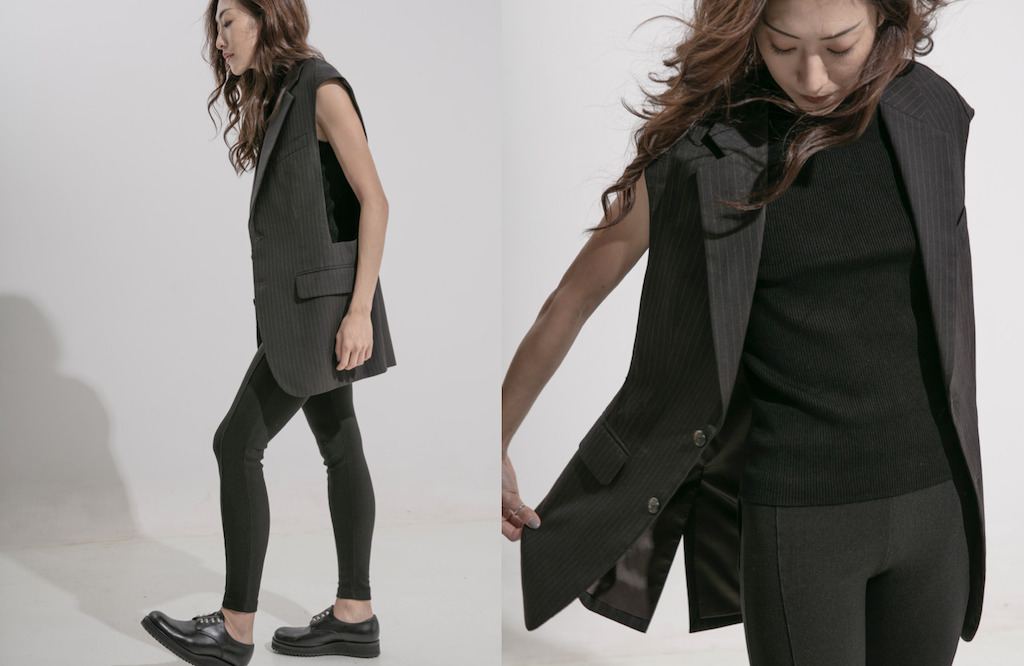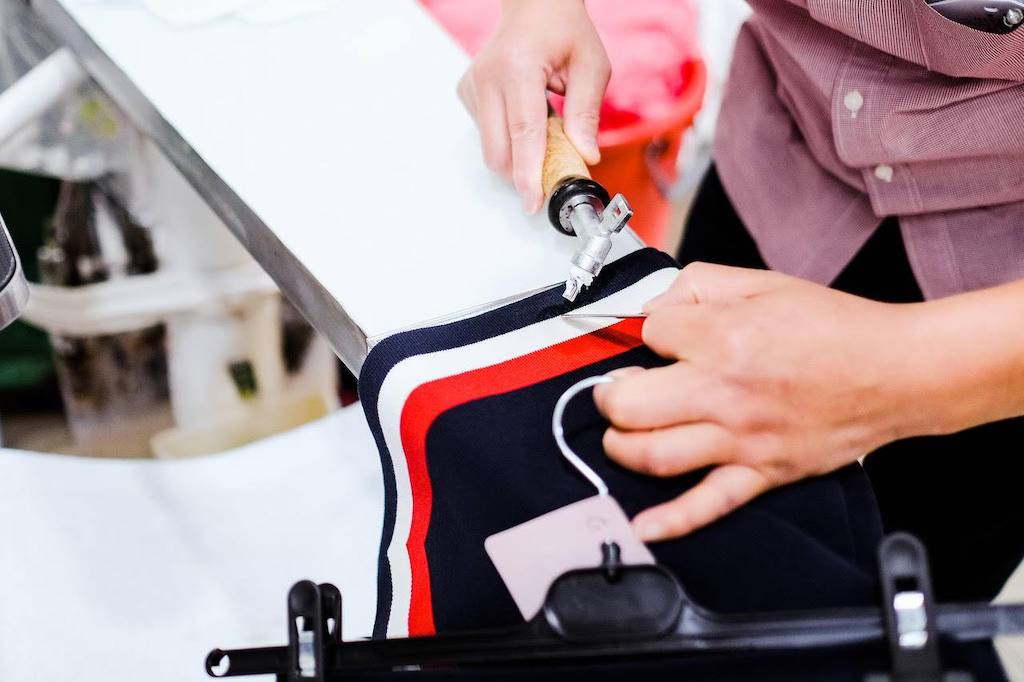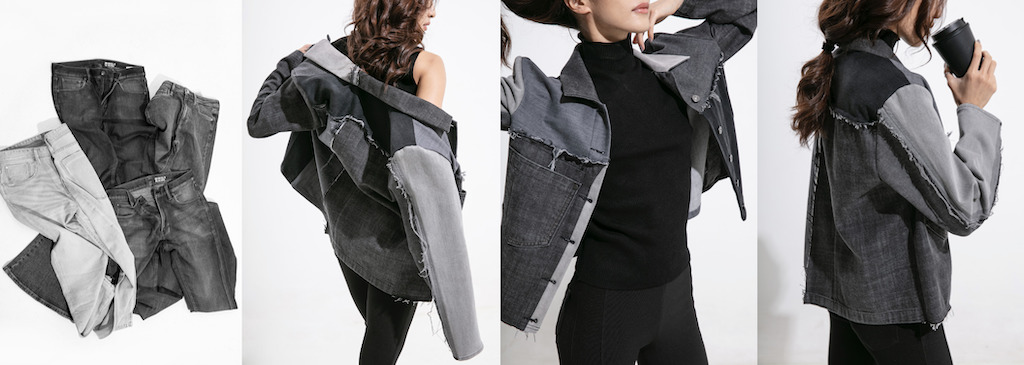3 Mins Read
On a mission to divert the piles of fashion waste from landfills, a new repair and restore service has opened up in Hong Kong to help breathe new life into your old clothes. Instead of throwing out your preloved pieces, customers can bring them to the just launched Fashion Clinic, where “fashion surgeons” will redesign everything from garments to handbags to lengthen their lifespan.
“The most sustainable piece of clothing is one that is already in your closet,” says Kay Wong, the creator behind Fashion Clinic Collective, which just launched its services across all three branches of garment care shop Jeeves in Hong Kong. Fashion Clinic was started by Tomorrow, an eco-design think tank based in the city.
Yet we’re tossing out our clothes more than ever before. According to a recent Hong Kong-based survey commissioned by the NGO Redress, a third of clothing in Hongkongers’ wardrobes are never even worn and 40% of consumers in the city keep their clothes for one year or less.

Another survey found that Chinese consumers are even throwing luxury goods faster than previously thought, with these products lasting on average for just one to three years. Only 6% of shoppers in the country are keeping them for more than 10 years.
All of this is adding to the astronomical piles of waste being sent to landfills or incinerators, and fuelling constant carbon-intensive production. Globally, fashion contributes one garbage truck load of textile waste every single second and accounts for 10% of global greenhouse gas emissions – far more than the 2% attributed to the aviation sector.
That’s what Fashion Clinic has set out to tackle. It wants to close the loop of our unsustainable consumption cycle, and make sure that our clothes can be worn, then repaired or even completely redesigned so that it can be worn again and again.
“We believe that the fashion industry is sick, that we as humans are extracting, exploiting, over-consuming and discarding too quickly and irresponsibly,” explained Wong.

“At Fashion Clinic, we take on our role as fashion surgeons, creating a new system of redesign through service over products. Fashion should not be disposable.”
All customers have to do is to bring their preloved pieces in, then Fashion Clinic deconstructs and reconstructs them, bringing in surplus material from upcycled deadstock fabrics to create brand new garments, bags, accessories and more.
Redesign prices range from HK$500 to HK$3,800 depending on the piece and restoration, but the entire process is done meticulously in-house in their studio, from embroidery work and needle punching to dyeing and sewing.
“We call this the Wardrobe Awakening Service,” remarked Wong. “Repairing, restoring, redyeing and redesigning your favourite item for you.”

Some examples of redesigned works created by the Fashion Clinic include denim jackets and cushion covers made using old worn jeans, and trendy dresses crafted from men’s pants. Old suit jackets can be turned into sleeveless vests.
Ultimately, Wong says that the point of Fashion Clinic is to overturn our throwaway culture and prove that being fashionable doesn’t have to be wasteful.
“We believe in the need for circularity and responsibility in fashion,” she says. “Together we hope to design a future without waste. This is our fashion revolution.”
All images courtesy of Fashion Clinic.




